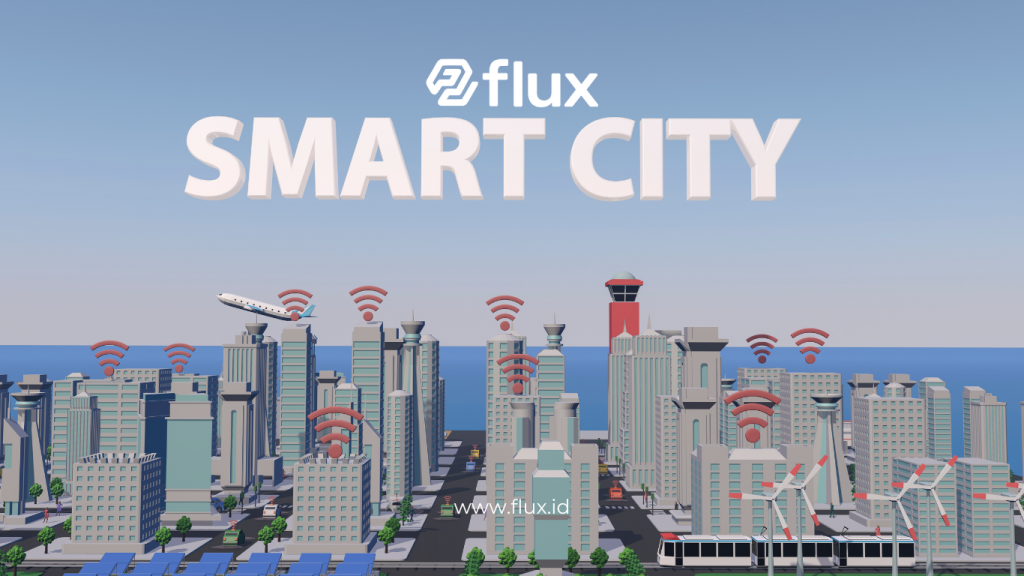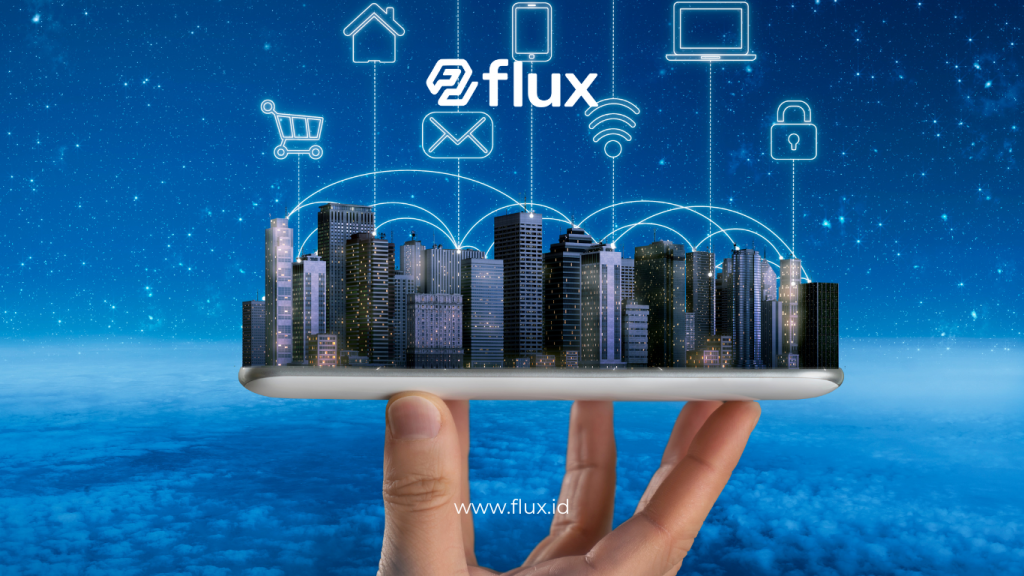Don't miss our holiday offer - 20% OFF!
The transformation of cities worldwide into “smart cities” has been a hot topic over the last decade. With the rapid development of Internet of Things (IoT) technology, implementing the concept of smart cities has become more achievable. This article explores how IoT helps shape modern cities to be efficient, sustainable, and comfortable for their residents.
Contents
1. What Are Smart Cities?

Read More: Smart City: Technological Solutions for Better Urban Living
A smart city is an urban concept that utilizes digital technology and IoT to enhance residents’ quality of life, optimize resource usage, and improve the efficiency of public services. This technology enables cities to:
- Collect and analyze data in real-time.
- Provide quick and effective solutions to various urban challenges.
- Integrate public services such as transportation, energy, and waste management.
2. The Role of IoT in Shaping Smart Cities
IoT plays a crucial role in creating a well-functioning smart city ecosystem. Some of its key contributions include:
a. Smart Transportation
- IoT-based systems like smart parking apps and autonomous vehicles help reduce congestion.
- Traffic sensors and real-time navigation apps assist drivers in choosing optimal routes.
b. Efficient Energy Management
- Smart grids enable more efficient and energy-saving electricity distribution.
- IoT facilitates real-time energy consumption monitoring, reducing waste.
c. Waste Management
- Smart sensors in trash bins optimize waste collection schedules.
- IoT simplifies recycling by tracking the types of waste collected.
3. Key Components of Smart Cities Powered by IoT

read More: IoT Technology in Smart City Development: Realizing a Connected and Sustainable City
a. Smart Infrastructure
IoT equips infrastructure like bridges and buildings with sensors that continuously monitor structural conditions, minimizing the risk of construction failures.
b. Digital Healthcare Systems
- IoT technology allows hospitals to monitor patients remotely.
- Smart ambulance services ensure quicker emergency responses.
c. Security and Surveillance
IoT-based cameras with artificial intelligence enhance public safety. These systems can detect suspicious activities and automatically send alerts.
4. Benefits of Smart Cities Powered by IoT
- High Efficiency: Reduces operational costs of public services.
- Improved Quality of Life: Access to faster and more efficient services.
- Environmental Sustainability: Reduces carbon emissions and promotes responsible resource usage.
5. Challenges in Implementing IoT for Smart Cities

Read More: Smart City and the Future of Urban Areas: Optimizing Infrastructure with Smart Technology
Despite IoT’s vast potential, several challenges need to be addressed:
- Data Security: The risk of data theft from IoT devices.
- Connectivity: The need for reliable internet networks.
- Costs: High initial investment for IoT infrastructure.
6. The Future of Smart Cities with IoT
Technological advancements such as 5G, AI, and blockchain will further enhance the smart city concept. These technologies will enable:
- Faster data analysis.
- Improved network security.
- Better integration between IoT devices and smart city applications.
Conclusion
IoT technology has become the backbone of smart cities, offering innovative solutions to modern urban challenges. With the right investments and collaboration between public and private sectors, efficient, sustainable, and comfortable smart cities are no longer just a vision but a reality.
Through IoT, the future of smart cities promises a better urban life for everyone.





